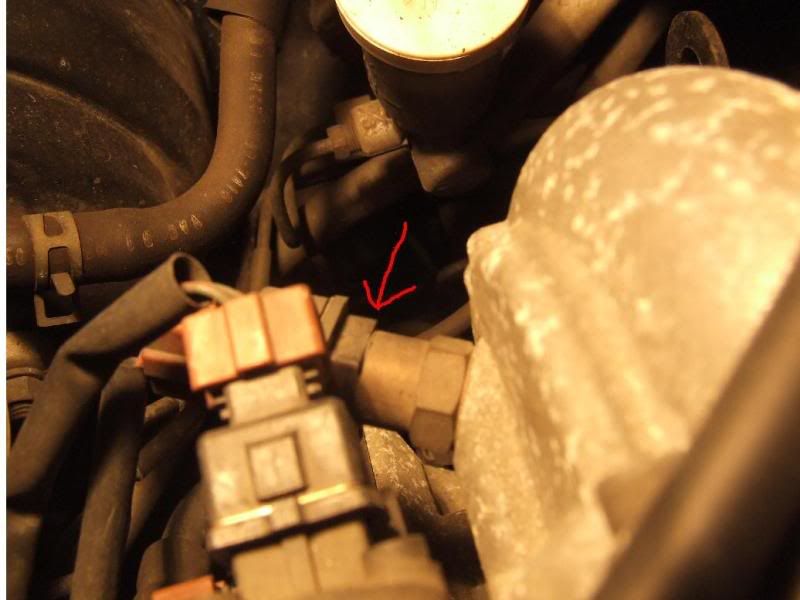CJ wrote: - can someone with a GPX or vR take a quick look under their engine to confirm?

CJ wrote:colm_mcm wrote:Is this not the same thing as a MAF sensor? (just after the air filter on a GR/GX)
You may be right on the money Colm, I was under the impression that the MAF (Mass Air Flow) measures the density of air as opposed to the temperature, assuming that the FTO uses a 'hot wire' model, then air temperature is key to changing the resistance of the circuit.
First point of call is to check the MAF sensor and clean if necessary...
CJ
AFAIK Mass air flow meters do not measure density as such. They measure mass flow. The theory of operation is basically to provide a current to provide a heat source. The temperature of the heat source is actively measured. A second temperature sensor measures the ambient temperature of the air. The calculation is done by either measuring the temperature differential, or measuring the current required to maintain a constant temperature differential.
The Heat transfer occurs by convection. The temeperature differential is proportional to the mass flow rate.
Take two different scenarios.
Cold air =>high density combined with low volumetric flowrate (air speed), yields a certain mass flow rate
Hot air => lower density combined with higher volumetric flowrate (air speed), yields a certian mass flow rate.
Manipulate the two variables density (by virtue of the temperature), and flow rate (by the throttle position) = you can get the two mass flow rates given above to coincide.
The MAF can only measure mass flow -it cannot seperate out the two variables -volumetric flow (air speed) and density.
It is located at the very input to the engine, as in the GR/GX
That said you can in theory get the air density value from the temperature, as the density is inversely proportional to the temperature and the relationship is well known and documented- problem is that this does not account for the air quality more specifically the humidity. (this does not effect the MAF as the presence of moisture in the air changes the convection so you still get an accurate mass flowrate).
It appears that the approach taken with the mivec engines is different. The temperature (density) is taken later in the process (and would be hotter at this point).
It does seem odd that two different approaches are taken with what are effectively two indenticle engines.
My guess would be that the higher flowrates generated in the mivec engine, buy virtue of the more agressive cam profile, proved unsuitable for measurement by a normal MAF. That could be complete BS though









